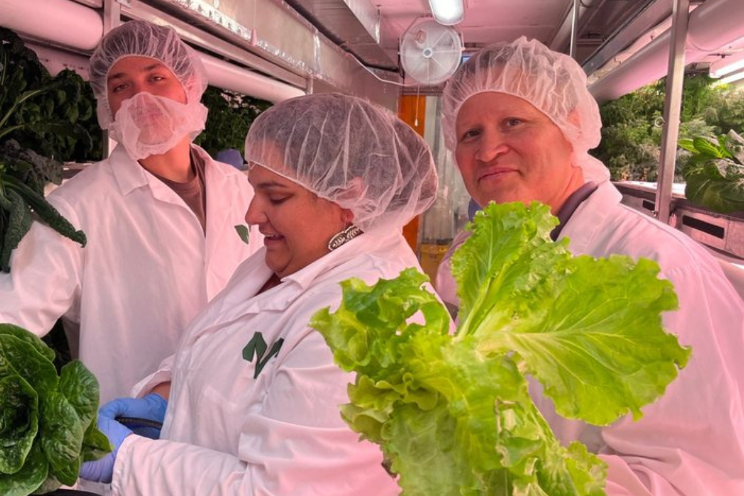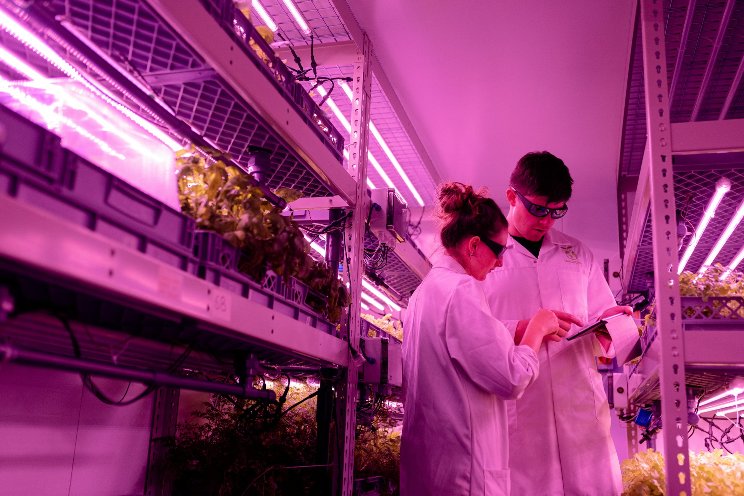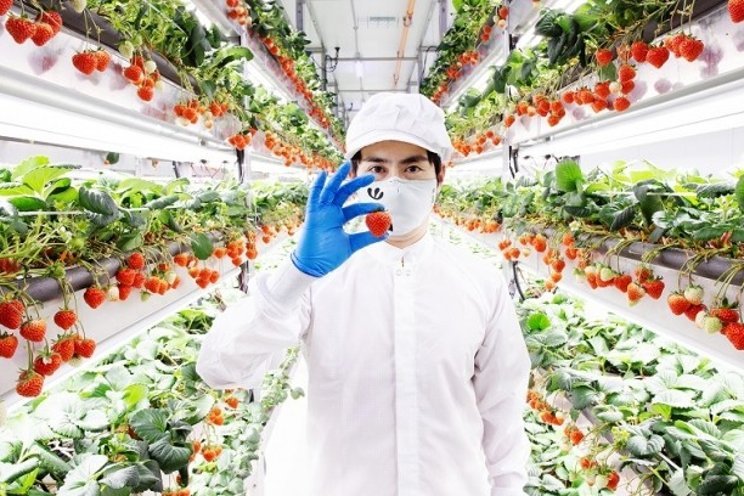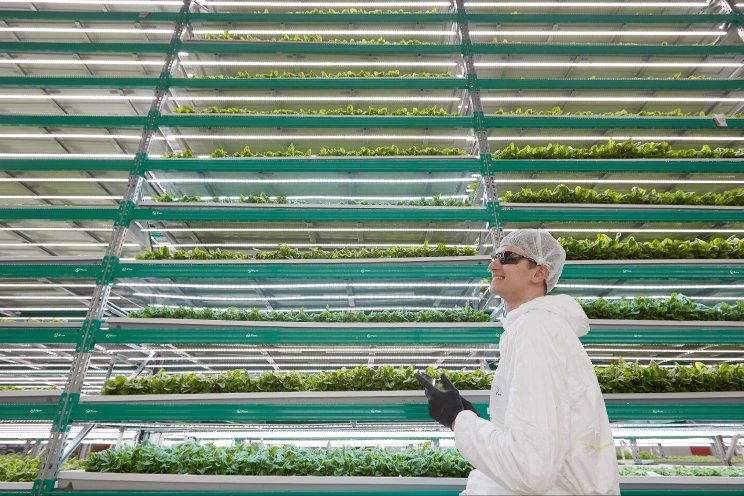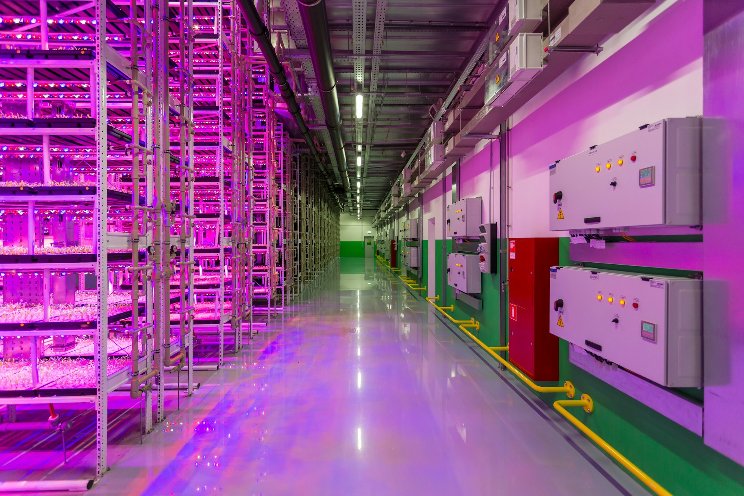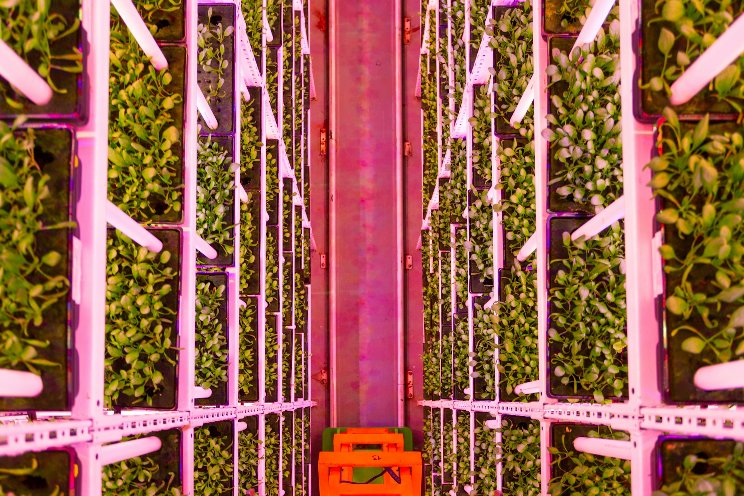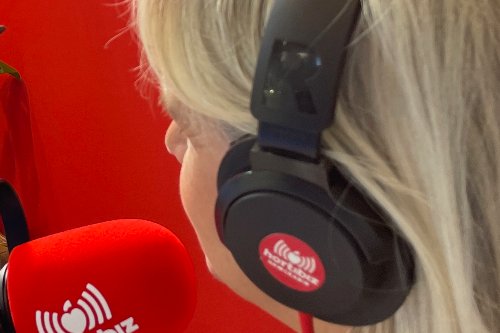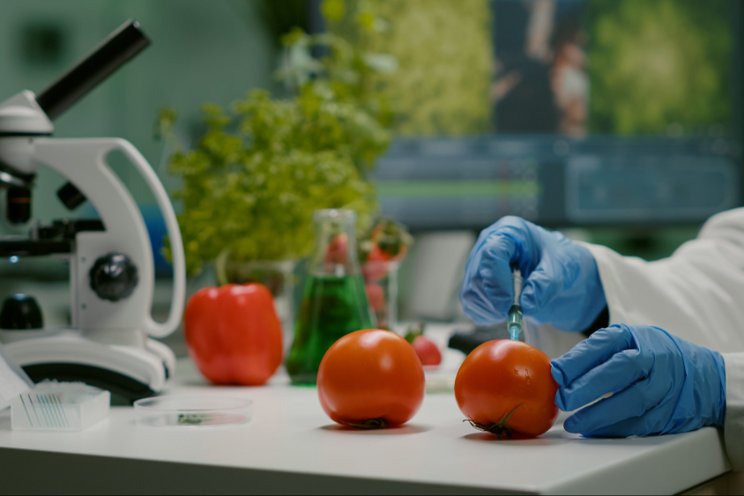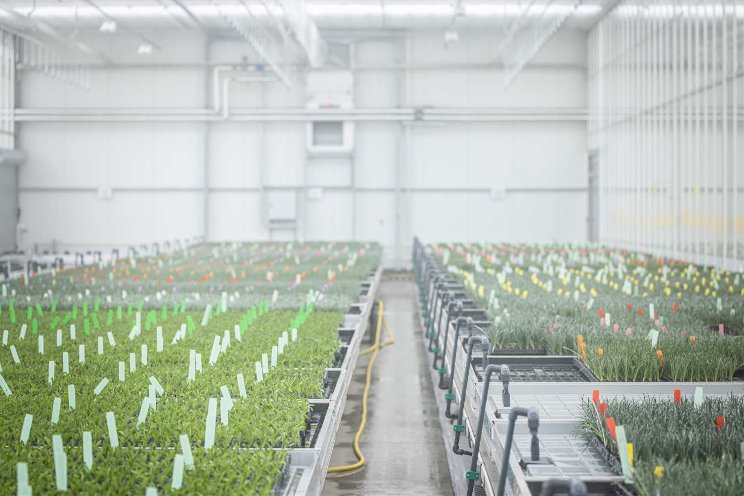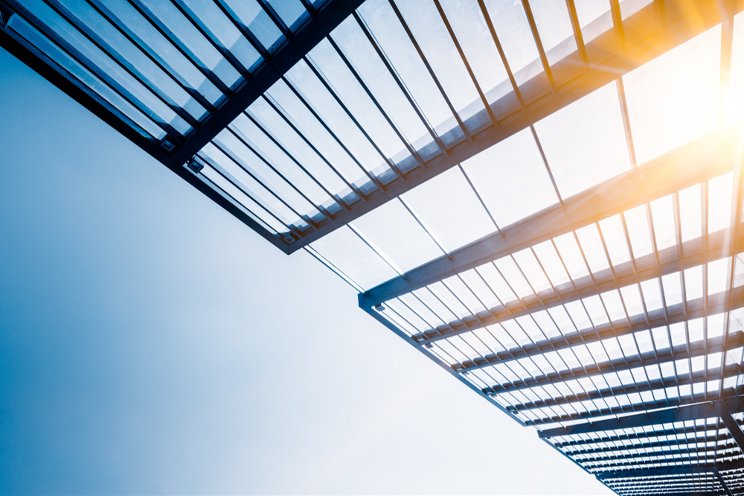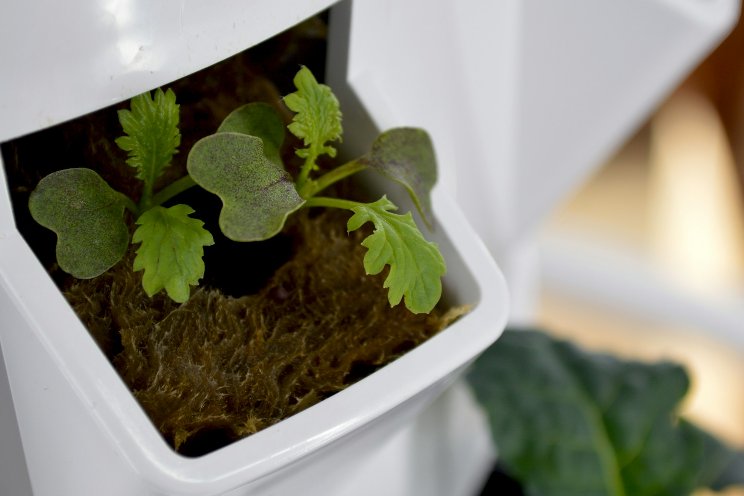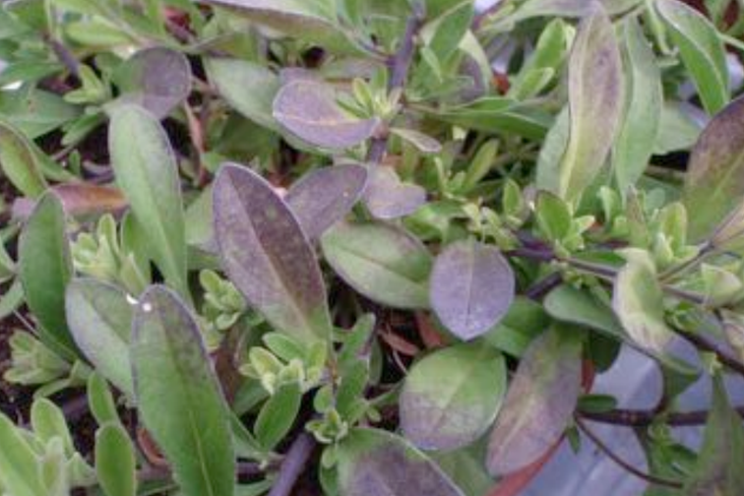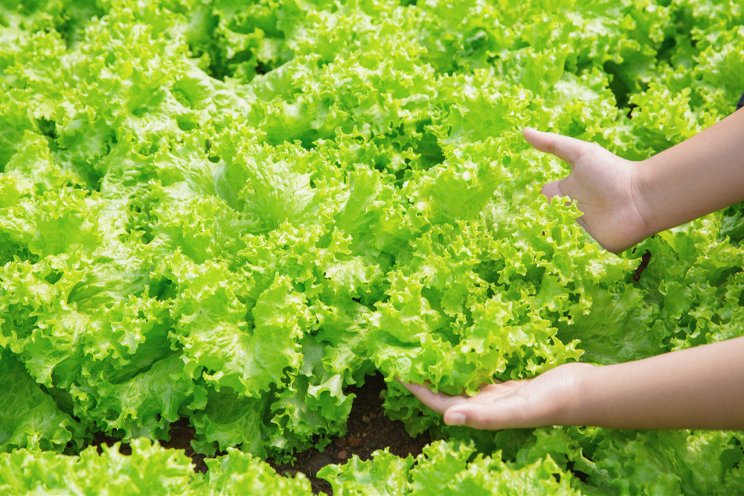Why avoid white light in basil cultivation
Added on 17 March 2023
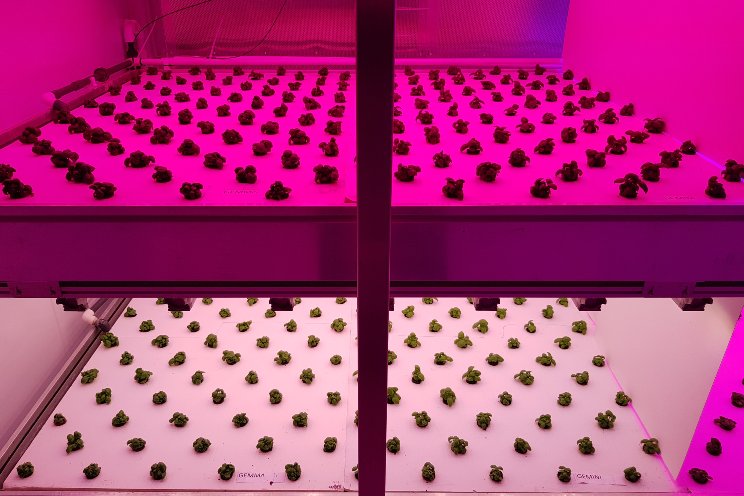
If white light is not strictly necessary in LED installations for grow lights, it is better to avoid it. Compared to red and blue light, it does not add value to the crop, but energy consumption does go up. That’s the conclusion we have drawn after extensive testing with light recipes using the Philips GreenPower LED production module dynamic. The recent results in basil cultivation confirm previous experience in, among others, lettuce, tomato and spinach crops.
There is a lot of talk about the use of white light in LED installations for grow lights. It is more comfortable to work with white light, and you can assess the color of crops better. When people have to work in the crop on a regular basis, a little white light is therefore quite useful at times when there is no daylight available. In other situations, white light does not add any value for the plant, compared to red and blue light, and it only increases costs.
Trials with basil
In a climate chamber at the Philips GrowWise research center, three basil crops were grown consecutively under different light recipes. The light level was 220 µmol/m2/s in each case, with varying amounts of white light at the expense of red and blue light.
The bar graph below shows how the input of white light does result in higher energy consumption (relative kWh, reference = 100), but does not yield more fresh weight. In fact, the fresh weight decreases as the proportion of white light increases. The quality of the harvested basil remains the same.

Signify's research confirms previous experiences with other crops, which were also gained elsewhere. Research on young tomato plants at Wageningen University & Research (Dieleman et al., 2022) into the influence of green and white light yielded the same results. Research on lettuce and spinach, as well, has already shown that white light does not yield growth gains; rather, it only increases costs.
Dynamic grow light is the future
So, is there no role at all for white light in LED crop lighting installations? Yes there is, but only when people have to work in the crop and there is no or too little natural daylight available. To be able to work comfortably in a greenhouse, about 5% white light is sufficient.
For daylight-free cultivation, efficient lighting for the plants and people should be achieved with a dynamic LED installation, in which both the brightness and the spectrum can be tailored to the needs at any given time. Only then can you optimize the relationship between crop yield (output) and energy consumption (input) while respecting labor conditions.
Did you know that additional blue light has no impact on the taste and quality of basil either? Read their blog on this effect.
All photos courtesy of Philips
More news
